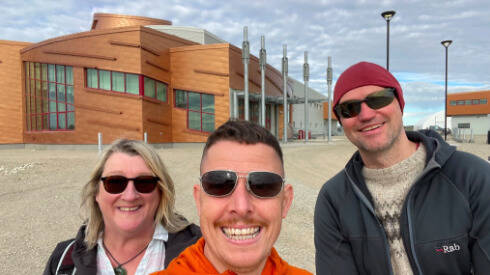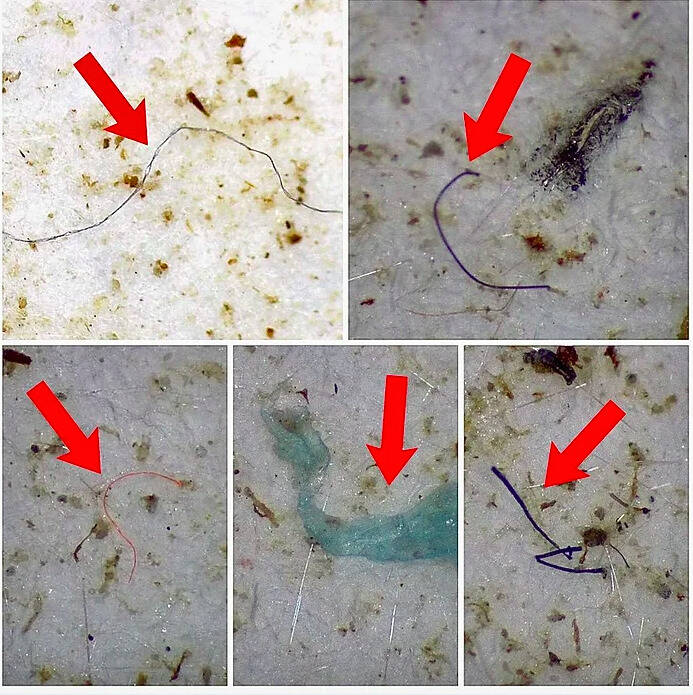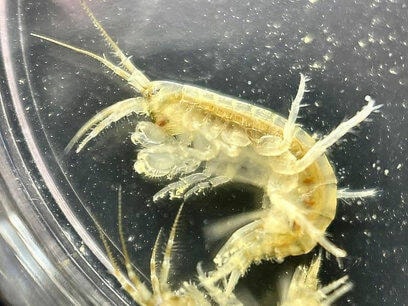A group of three British scientists has finished its work at Canadian High Arctic Research Station (CHARS) in Cambridge Bay.
The team, which included Cath Waller from the University of Hull, and Huw Griffiths and Stephen Roberts of the British Antarctic Survey, was funded by INTERACT, an Arctic network of 68 terrestrial field bases across seven countries, which aims to support research and monitoring all over the Arctic by offering access to research stations through the Transnational Access Program.
The group was in the community to work on a project called Biodiversity and Plastics in Arctic Intertidal and Nearshore Terrestrial Systems (B-PAINTS). The plan was to survey beaches and surrounding areas to analyze biodiversity, but also to assess human impacts in terms of micro-plastic — defined as small pieces less than five millimetres long — and macro-plastic pollution in the region.
The team used high tech drones to oversee certain parts of the researched field and also used sand samples, clams and crustaceans amongst other filter animals to evaluate the presence of micro-plastics throughout the food chain.
Throughout their time in Cambridge Bay, the trio collected more than 110 samples including images, dust, beach sediments, sea and tap water. Their work in Cambridge Bay will be added to work already done in Greenland, Antarctica and Iceland.
The goal, according to the group, was to get some understanding about how biodiversity and pollution are changing in polar regions.
While a 1961 report in the community only recorded one species of crustacean habitating the shoreline, the team was able to identify another species of amphipod and some mussels.
“This very low biodiversity is probably a result of the continual scouring of the beach by ice for most of the year, but the deeper waters of the bay are known to support a rich diversity of seafloor life,” explained the research group.
Although the results of their research has not yet been published, the team says they’ve already found what seems to be microplastics around the shoreline, along with a high quantity of plastic litter.



